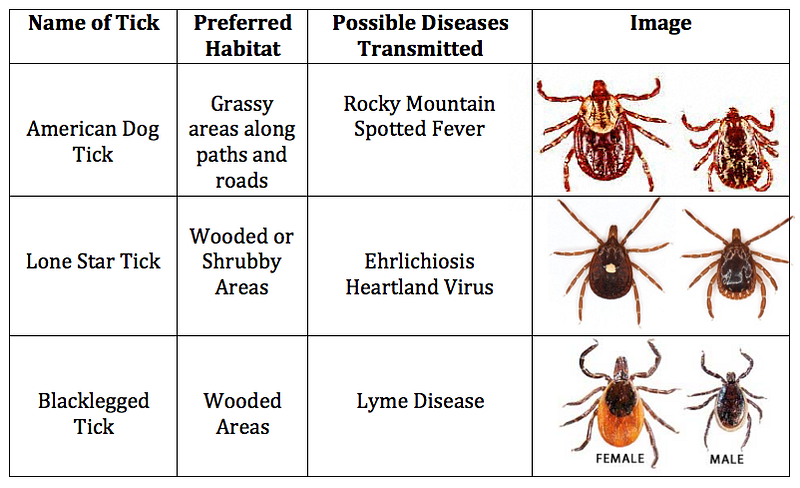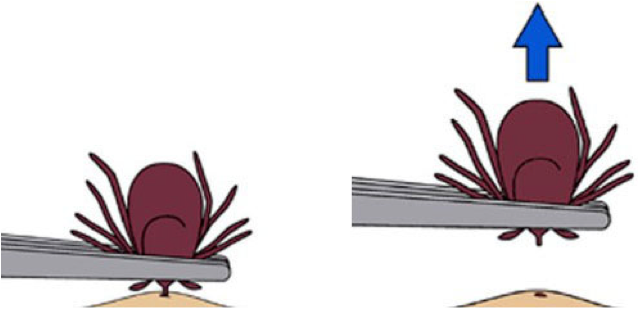Elizabeth Kresse, Summit Metro Parks Naturalist
Each summer, people head outside to enjoy nature. Dealing with mosquitoes and bees is usually part of that experience. However, most people don’t think about ticks until they have an encounter with them.

Ohio has seen an increase in ticks over the past several years. As a result, residents should become familiar with these little arachnids.
Ohio has three hard-bodied (Ixodid) ticks: the American dog tick, the blacklegged tick (deer tick) and the lone star tick. The most common is the American dog tick, followed by the blacklegged tick. The lone star tick is generally only found in the southern part of the state.
All ticks go through the same life cycle, starting as an egg, becoming a six-legged larva, an eight-legged nymph, and finally an eight-legged adult. Different tick species reside in unique habitats, ranging from grassy areas to forests.
Ticks are blood feeders, meaning they must find a host, take a bite and then drink their meal. You may be thinking, “Ew gross,” especially if you have ever had a tick on your skin. If a tick does land on you, try to remain calm so that you can safely remove it.

Ticks can be carriers of certain diseases that may affect the host, but ticks need to feed from their host for at least 24 hours to transmit a disease. The best way to prevent illness is to prevent ticks from getting on you.
HOW TO REDUCE ENCOUNTERS WITH TICKS:
· Use bug spray to repel ticks (at least 25% DEET or containing permethrin).
· Wear a long-sleeve shirt and long pants tucked into your shoes.
· Stay on designated trails, and do a “tick check” after being outside (and don’t forget to check your dogs, too!)
· The clothing you wear should be light in color so you can easily see ticks.
HOW TO PROPERLY REMOVE A TICK:
· Using a pair of tweezers, firmly grasp the tick near its head.
· Using even pressure, pull the tick straight out until it is no longer attached.
· Check the tick to make sure that its head came out, too.
· After the tick has been removed, wash the area with soap and water.
· Do not throw the tick away. Place it in a plastic bag, and then put it in the freezer or a container with rubbing alcohol. This way, if you go to the doctor, you can give them the tick that bit you.

If you have questions about ticks, call a Summit Metro Parks naturalist at 330–865–8065 or 330–487–0493.